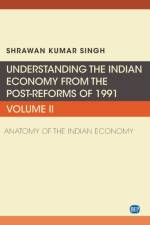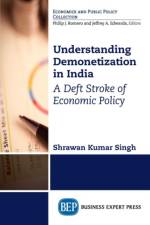- Anatomy of the Indian Economy
av Shrawan Kumar Singh
461
The objective of this book is to provide an understanding of the economy with its nature and structure, dominance of unorganized sector, natural resources, economic and social infrastructure, demographic features, poverty, unemployment, inequality, national income, saving and investment, role of noneconomic factors, and sources of data. India evokes many images because the country is extremely heterogeneous in its resource endowments, climate, languages, and infrastructure. India provides a rich tapestry of economic and social milieu: the 22 officially recognized languages spoken by the population, with their many dialects; the caste system; and its hoary history with its rich culture and traditions.India possesses a wide and varied resource base, although domestic sources supply only a third of the country's oil requirements at present. India's economic performance has attracted considerable commentary and controversy. Since 1950, India's approach to economic development has been within the framework of a mixed economy, which has resulted from both pragmatic and political considerations.The objective of this book is to provide an understanding of the economy with its nature and structure, dominance of unorganized sector, natural resources, economic and social infrastructure, demographic features, poverty, unemployment, inequality, national income, saving and investment, role of noneconomic factors, and sources of data. Despite being a part of the eight-volume series on the Indian economy, this second volume in the series is in the nature of an introductory essay designed to provide a succinct nontechnical exposition of India's economic structure, performance, and policies.




